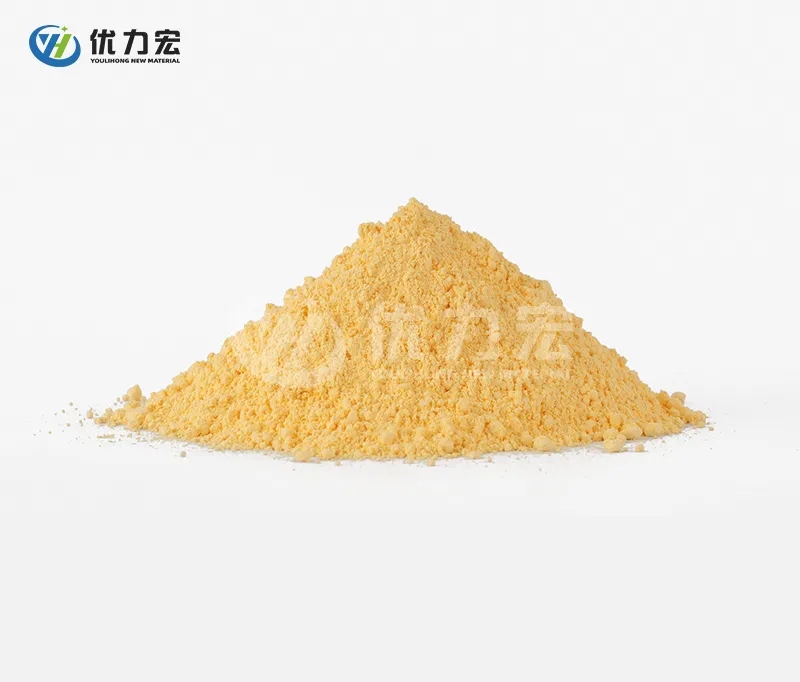Categories
Tags
Archives
The Science Behind AC Foaming Agents: How They Work
-
Posted by hui hui - Filed in Arts & Culture - 399 views
In the world of material science and manufacturing, foaming agents play a crucial role in producing lightweight, durable, and insulating materials. Among these, AC Foaming Agents are particularly significant due to their efficiency and versatility in various applications, especially in the production of PVC products. At Youlihong, we specialize in high-quality foaming agents, including our flagship product, AC Foaming Agent AH-615. In this blog, we will delve into the science behind AC foaming agents, how they work, and their applications.

What Are AC Foaming Agents?
AC foaming agents are chemical substances that facilitate the formation of foam in materials by generating gas during the heating process. They are commonly used as blowing agents in the production of foamed plastics, particularly in PVC (polyvinyl chloride) applications. The chemical composition of AC foaming agents allows them to decompose at specific temperatures, releasing gas that expands and creates a cellular structure within the material.
Key Characteristics of AC Foaming Agent AH-615
- CAS No.: 10465-78-8
- Purity: 97%
- Form: Yellow powder
- Gas Yield: 200 ml/g
- Fineness: ≤4-6 μm
- Start of Decomposition: 175°C
- Processing Temperature: 170-190°C
These characteristics make AH-615 an ideal choice for producing low foaming PVC boards and profile products.
How Do AC Foaming Agents Work?
The operation of AC foaming agents involves several key scientific principles:
1. Decomposition and Gas Generation
When heated to their decomposition temperature (in the case of AH-615, around 175°C), AC foaming agents undergo a chemical reaction that releases gas. This gas is typically carbon dioxide or nitrogen, which forms bubbles in the molten plastic matrix. The released gas expands rapidly, creating a foam structure as it cools and solidifies.
2. Bubble Formation
As the gas is generated, it forms bubbles within the material. The size and distribution of these bubbles are critical for determining the final properties of the foam. Smaller particle sizes in foaming agents lead to better dispersion and more uniform bubble formation, which enhances the overall quality of the foam produced.
3. Honeycomb Structure Formation
AC foaming agents like AH-615 can create an independent spherical bubble chamber that leads to a honeycomb-like structure within the material. This structure not only contributes to the lightweight nature of the final product but also provides excellent mechanical strength and thermal insulation properties.
4. Temperature Control
The processing temperature is crucial for achieving optimal results with AC foaming agents. For AH-615, maintaining a temperature between 170°C and 190°C ensures effective gas release and bubble formation without compromising the integrity of the PVC material.
Applications of AC Foaming Agents
AC foaming agents find widespread use across various industries due to their versatility:
1. PVC Low Foaming Boards
One of the primary applications of AH-615 is in manufacturing low foaming PVC boards. These boards are lightweight yet strong, making them ideal for construction materials, signage, and interior applications.
2. Profile Products
AC foaming agents are also used in producing profile products such as window frames and door frames. The foam structure improves insulation properties while reducing weight.
3. Packaging Materials
Foamed PVC is often used in packaging applications where lightweight yet sturdy materials are required to protect goods during transportation.
Advantages of Using AC Foaming Agent AH-615
1. Environmental Compliance: AH-615 conforms to EU environmental protection standards, making it a safe choice for manufacturers focused on sustainability.
2. Improved Dispersion: The smaller particle size allows for better dispersion within the PVC matrix, enhancing the foaming process control.
3. Versatile Temperature Range: The agent operates effectively within a concentrated temperature range for gas release, ensuring consistent results across different batches.
4. Mechanical Strength: The unique honeycomb structure formed by AH-615 contributes to improved mechanical strength without adding excessive weight.
Storage and Handling
Proper storage is essential for maintaining the effectiveness of AC foaming agents:
- Store in a cool, dry warehouse away from moisture.
- Keep away from fire sources and heat to prevent premature decomposition.
- Avoid direct contact with acids or alkalis to maintain product integrity.
Conclusion
AC foaming agents like AH-615 from Youlihong are vital components in producing high-quality PVC products with desirable properties such as lightweight construction, excellent insulation, and mechanical strength. Understanding how these agents work—from gas generation to bubble formation—allows manufacturers to optimize their processes for better performance and sustainability.
If you’re looking for reliable and effective foaming solutions for your manufacturing needs, consider incorporating Youlihong’s AC Foaming Agent AH-615 into your production line. For more information or inquiries about our products, please reach out! Together, we can enhance your product offerings with cutting-edge technology that meets industry standards and customer expectations.
